Computers are finite but the world is infinite, so it’s impossible to put all the information in the real life into computers. In the real world, the information is usually presented by analog data – data in continuous form. However, there is infinite information in the analog data, thus the computers put the information they receive into digital data – a process called digitizing. To digitize data is to “break data into pieces and representing those pieces separately” – from infinite to finite. Digitized data are actually binary numbers in the computers’ processors. They can store, present, and enable us to modify various types of information, including numbers, text, audio, images and graphics, and video. Therefore, computers are called “multimedia devices.” (Pyae 4).

(Pyae 9)
This picture shows the difference between analog and digital data. The analog signal is continuous, whereas the digital signal is not. After degradation, both signal lose their original accuracy, but, for the digital signal, the data received do not change because it is hard for the degraded signal to cross over the threshold.
Using digital data, computers can present different information. By using the same Character Set, computers can present and modify text data beyond platforms. Character set is created by assigning each character a binary string. (Unicode) ASCII, which is American Standard Code for Information Interchange, used to present each character with 7 bits. Then, because of the increasing need, ASCII was extended to 8 bits per character. However, this was still not enough for international use. Unicode then appeared, aiming to give every character in the world one unique binary number. Unicode uses 16 bits to represent each words so that there will be enough space for new characters or special characters. (“What Is Unicode”)
Besides, there are others methods to encode images. There are two types of images: Vectors or bitmaps. Bitmap images are made of pixels, which are small basic units of color or light. If you zoom in the bitmap images, you can see the blocks of color. Each pixel is presented by a fix amount of bits. The more the bits are, the better quality the image has, and the larger the file is. Vectors, however, are made by using geometry and coordinates. They can be reloaded when you zoom in so that you will always see them clearly. They are stored in the mathematical equations, which are transformed into binary data. (“Encoding Images”)
(“Encoding Images”)
Digital audios are broken down to “thousands of samples per second.” Each sample is processed as binary digitals. There are several factors that do with the audio’s quality.
sample rate – the number of audio samples captured every second
bit depth – the number of bits available for each clip
bit rate – the number of bits used per second of audio (“Encoding Audio and Video”).
Videos are made by displaying static images in a very high frequency, plus the audio part. Each static image is call a frame. Thus, one of the factor that affect the quality of a video is its frame rate per second (fps). HD films are usually 50-60 fps. There is also bit rate for measuring the total image and audio data processed per second. (“Encoding Audio and Video).
To reduce file size and make the process more efficient, images, audio, and video are usually compressed. There are lossy and lossless compress. Through lossy compression, the quality of the file is usually damaged. But lossless compression does not alter the quality of the file. (“Encoding Images”). For example, PNG is a kind of lossless compressing file. Contrarily, JPG is a type of lossy compression.
Works Cited
BBC. “Encoding Audio and Video.” Bitesize, 2016, http://www.bbc.co.uk/education/guides/z7vc7ty/revision/1. Accessed 16 Sept. 2016.
BBC. “Encoding Images.” Bitesize, 2016, http://www.bbc.co.uk/education/guides/zqyrq6f/revision/1. Accessed 16 Sept. 2016.
Pyae, Sone Kyaw. “Data Representation”. BNDS IB program, 14 Sept. 2016. BNDS, Beijing. Keynote Address.
“What Is Unicode?” Unicode, 2 Dec. 2015, http://unicode.org/standard/WhatIsUnicode.html. Accessed 16 Sept. 2016.




Leave a comment